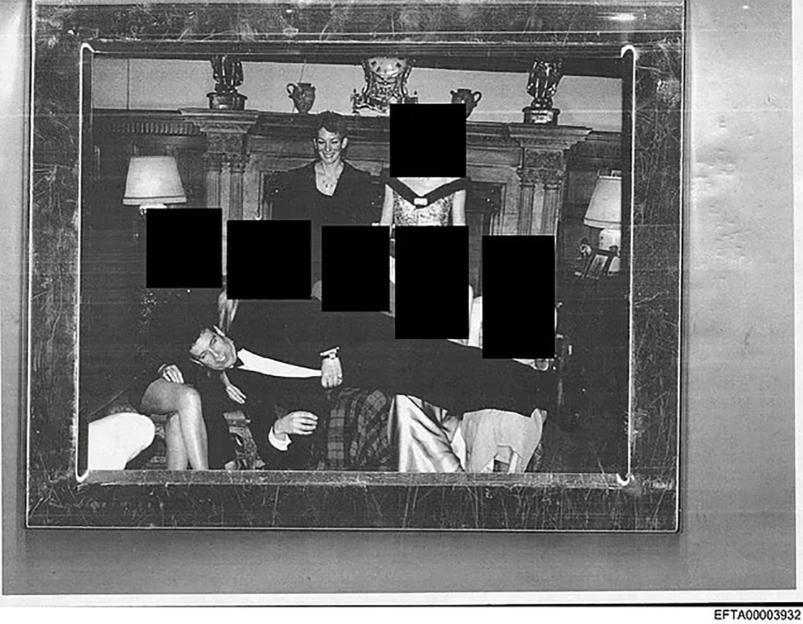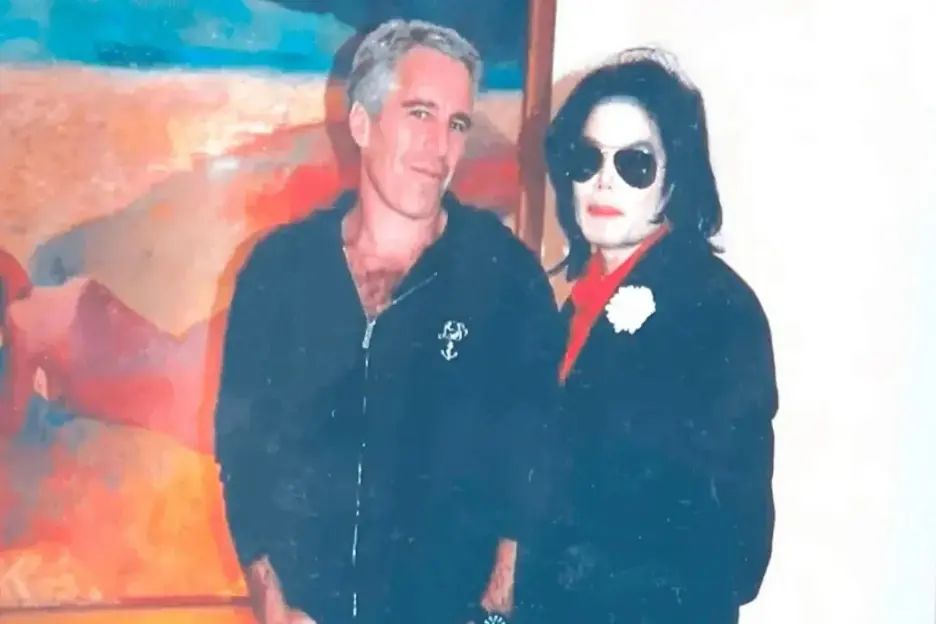Table of Contents
The world’s largest museum has finally opened its doors to the public, featuring an incredible gallery filled with ancient gold artifacts and a “cursed” coffin.
The Grand Egyptian Museum, which houses over 100,000 artifacts including the iconic gold mask and sarcophagus of King Tut, officially opened on Saturday.
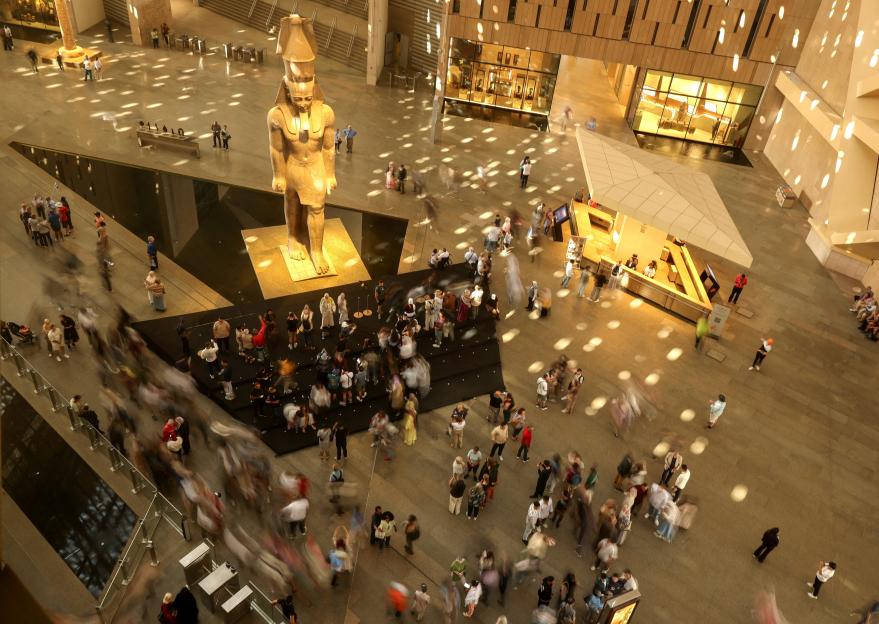 Visitors stand before a statue of King Ramses II at the entrance of the Grand Egyptian MuseumCredit: Reuters
Visitors stand before a statue of King Ramses II at the entrance of the Grand Egyptian MuseumCredit: Reuters
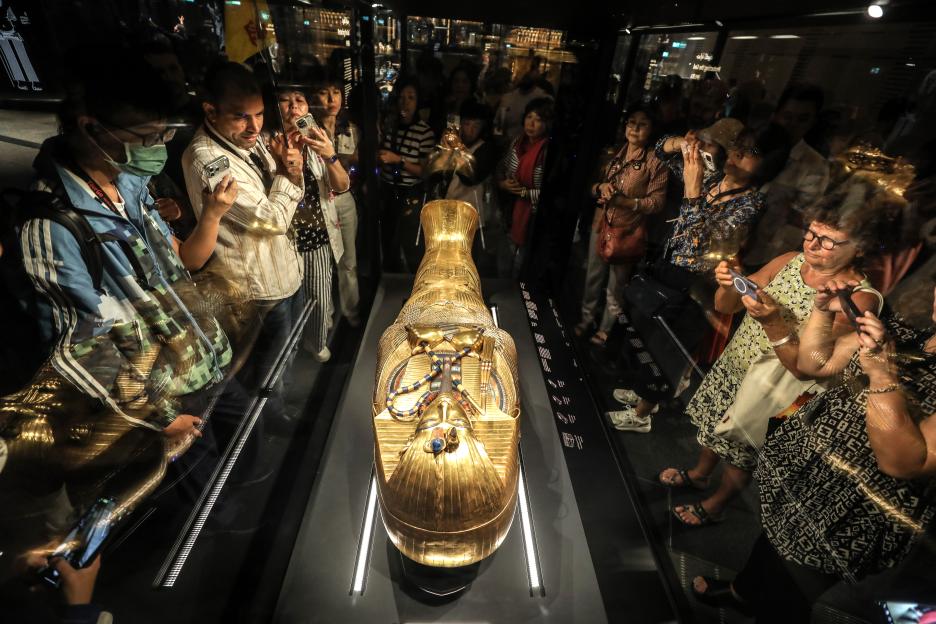 Visitors admiring the golden coffin of Tutankhamun, the renowned pharaoh of Ancient EgyptCredit: Getty
Visitors admiring the golden coffin of Tutankhamun, the renowned pharaoh of Ancient EgyptCredit: Getty
Situated in Giza, Egypt, this mega-museum is home to some of the world's most valuable archaeological treasures.
The breathtaking attraction's launch comes after two decades of development, marred by numerous unexpected delays.
Spanning an astonishing 500,000 square feet, it is the largest museum on Earth dedicated to a single civilization—ancient Egypt.
Last weekend, visitors entered the museum through a magnificent alabaster archway, greeted by an impressive 83-ton statue of Ramses II, which dates back 3,200 years.
The new landmark also features a stunning collection of statues representing ancient kings and gods.
Additionally, visitors can enjoy a spectacular view of the pyramids, located just a mile away.
While some sections of the museum had previously opened, King Tut's galleries were delayed again this summer due to the ongoing conflict between Israel and Iran.
The museum includes twelve galleries showcasing art spanning over 3,000 years.
Inside, visitors will find the dazzling treasures of Queen Hetepheres, the mother of the Great Pyramid's builder, including her alabaster sarcophagus, furniture, and jewelry, as well as King Khufu’s grand cedar wood boat.
Construction began in 2005 but was interrupted during the Arab Spring in 2011.
Work resumed in 2014, and a decade later, the museum has finally opened its doors.
The Tutankhamun collection was previously displayed at the old Egyptian museum in downtown Cairo but was relocated ahead of the official opening of the new facility in Giza.
Tutankhamun's remains remain in his tomb in the Valley of the Kings in Luxor.
The tomb was discovered by English archaeologist Howard Carter in 1922 after seven years of searching.
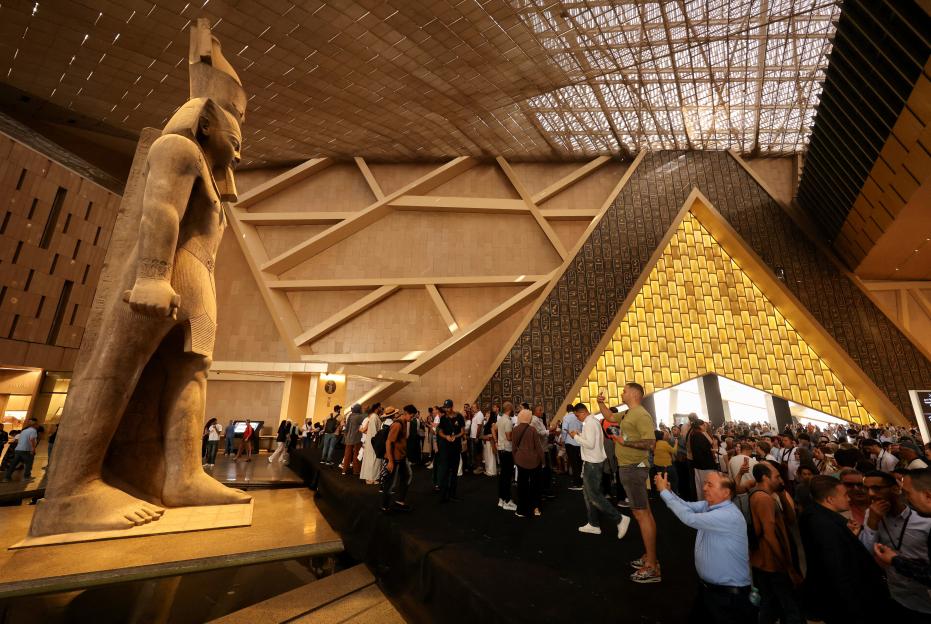 The stunning museum opened after a series of delaysCredit: Reuters
The stunning museum opened after a series of delaysCredit: Reuters
 Tourists admiring the golden burial mask of King TutCredit: AP
Tourists admiring the golden burial mask of King TutCredit: AP
The discovery of Tutankhamun's tomb is associated with a sinister curse.
Following the unearthing of Tutankhamun's remains, several individuals connected to the expedition died under mysterious circumstances.
These included Lord Carnarvon, the financial backer of the excavation team, who succumbed to an infected mosquito bite.
Sir Archibald Douglas-Reid, who X-rayed the pharaoh's remains, died from an unexplained illness.
Carter himself passed away in 1939 from Hodgkin’s Disease at the age of 64.
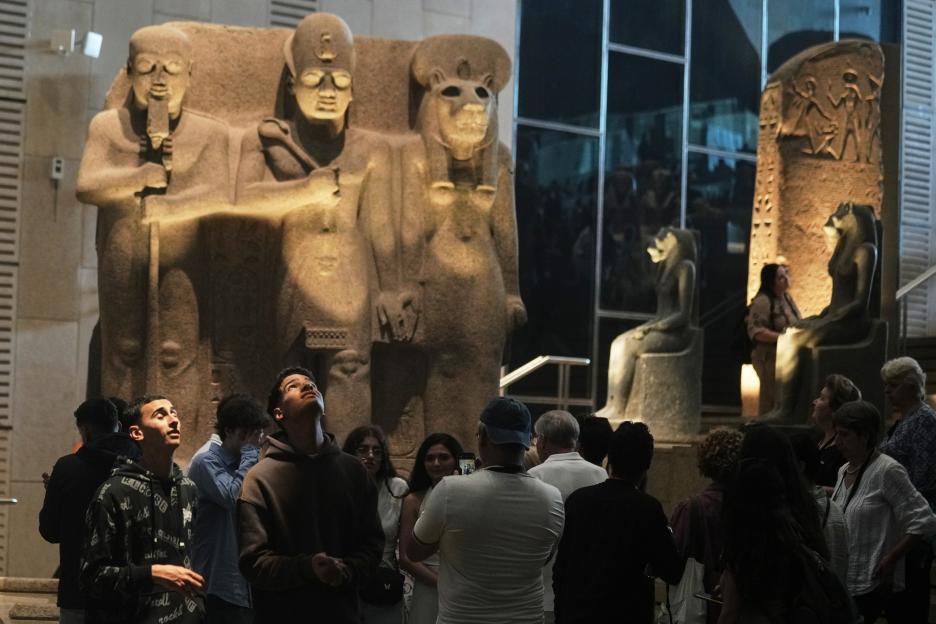 The museum is located in Giza, EgyptCredit: AP
The museum is located in Giza, EgyptCredit: AP
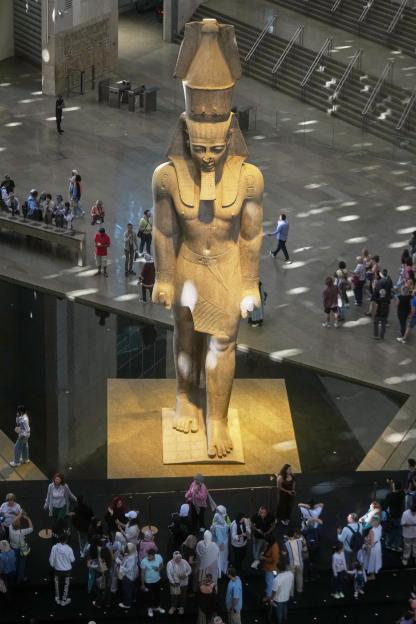 Tourists observing the statue
Tourists observing the statue




